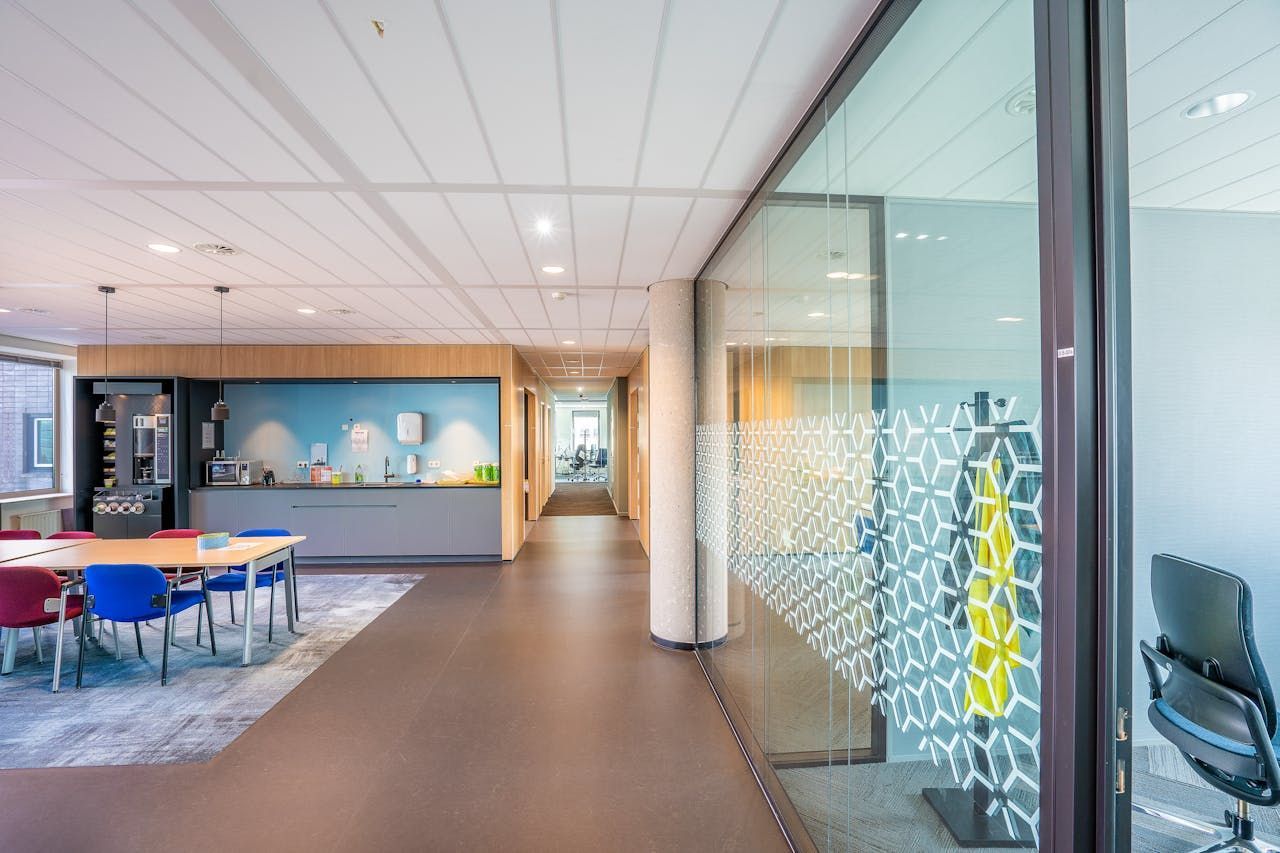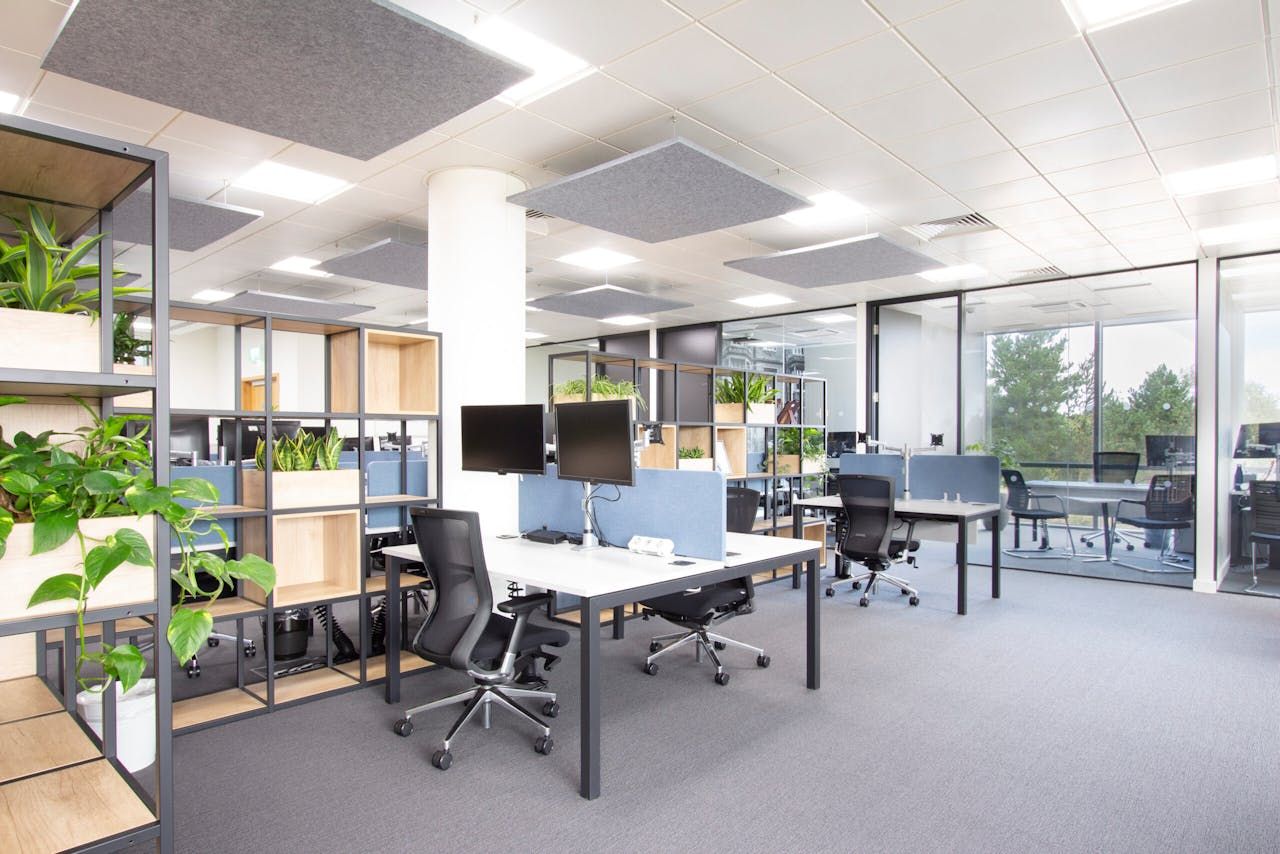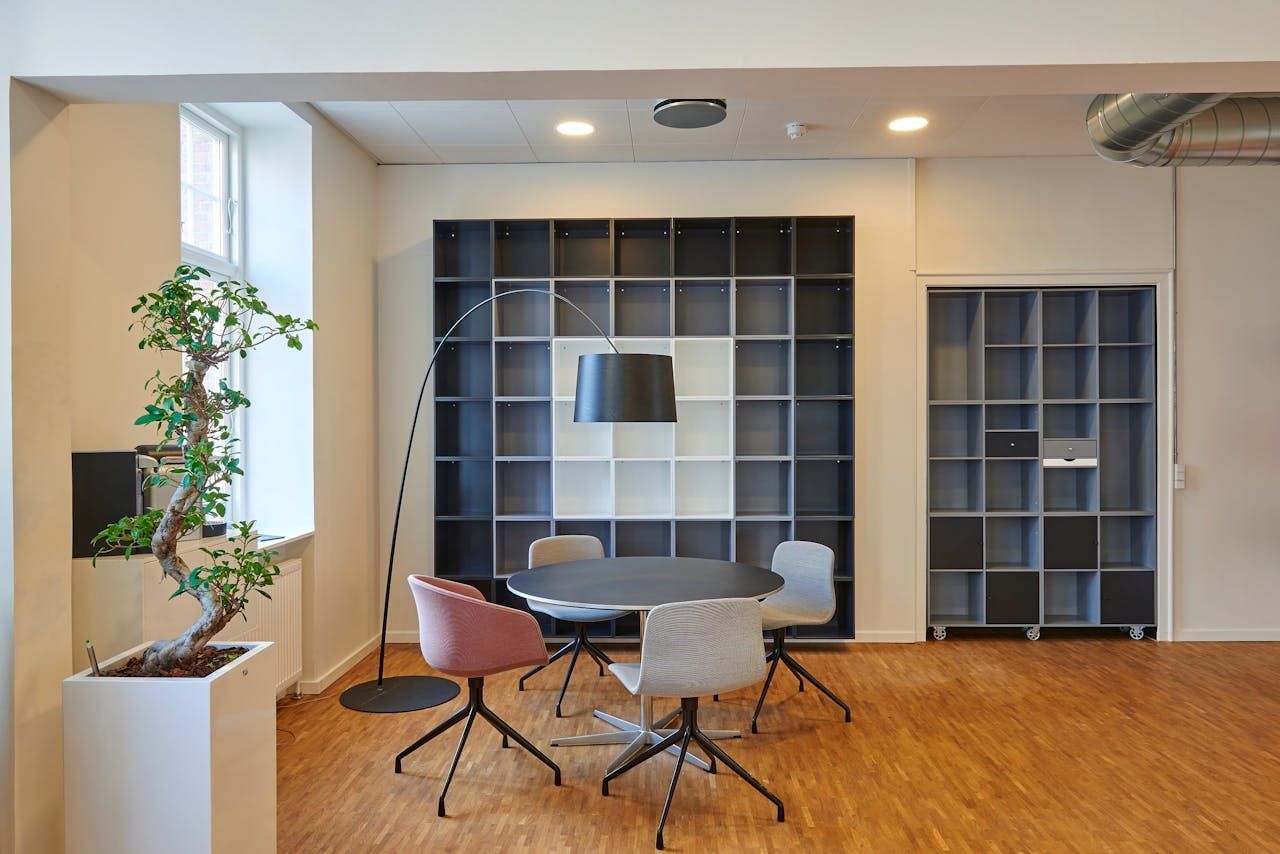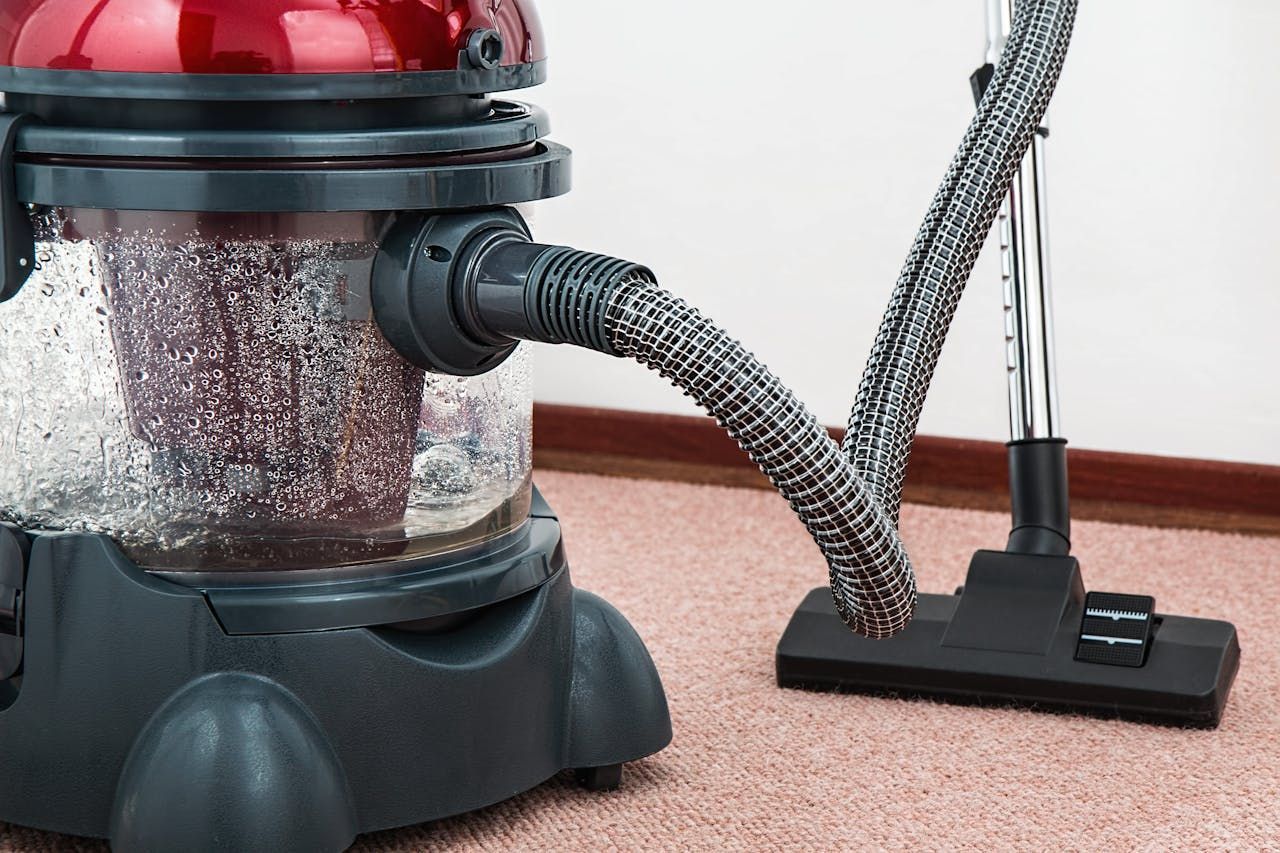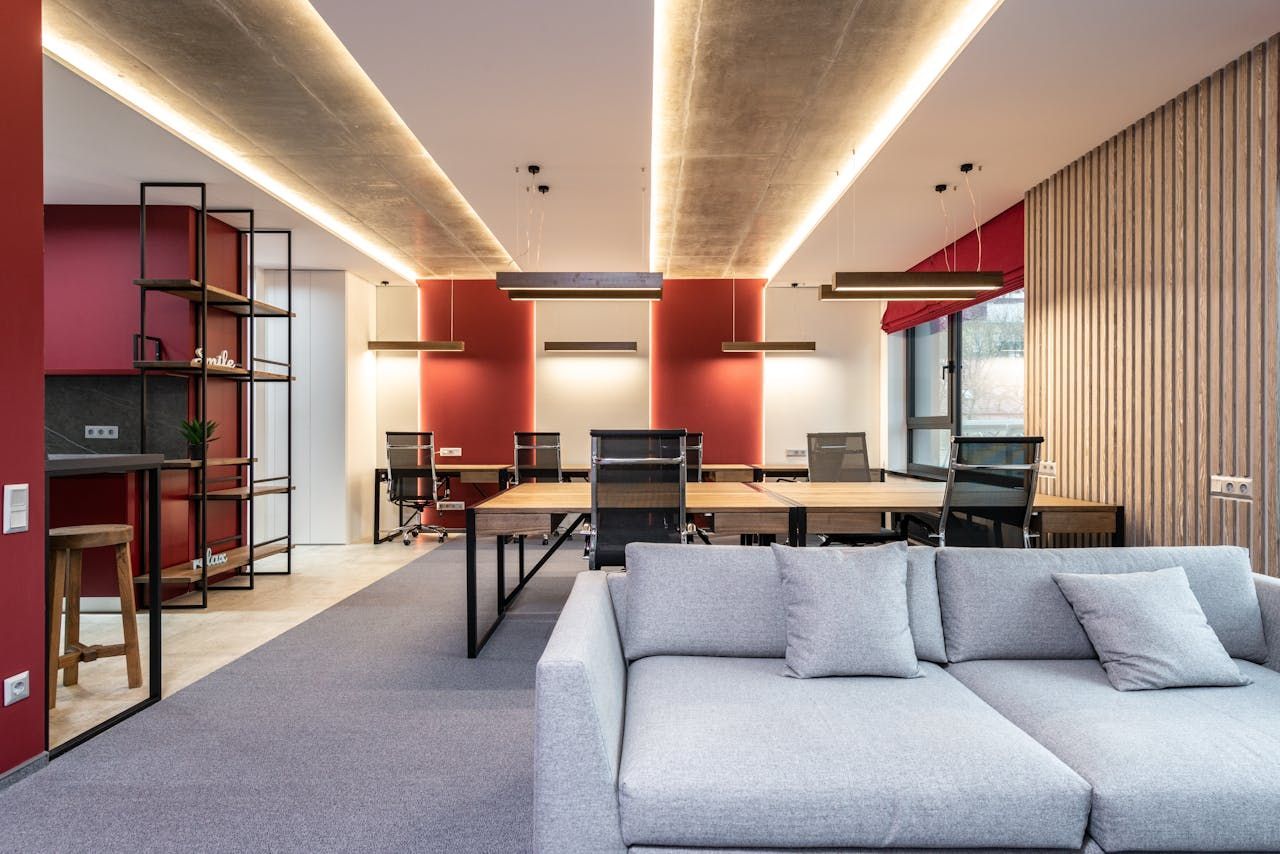The Office Manager's Guide to Eco-Friendly Practices in the Workplace
With the landscape of modern industries quickly evolving, more businesses are making a conscious effort to become greener and more eco-friendly.
As an office manager, it can be challenging to balance the demands of the job with the growing need for sustainability. But it’s you who spearheads initiatives, and your role in bringing in new policies and ways of doing things is vital.
If you’re looking for new ways to be greener, this guide is for you.
Why ‘Going Green’ Matters
First and foremost, your business is likely going green for the most important reason - to create a more positive impact on the environment. There is now a global awareness of climate change and how our individual and collective choices impact the world around us. This puts businesses under urgent pressure to champion green initiatives and preserve the planet we all share.
Your people are a huge consideration, too. Modern employees are more likely to be attracted to a company that clearly puts sustainability first. The general social values of the modern worker mean businesses must match these values. Employees will be far happier to be a part of an organisation that is committed to making positive environmental changes.
And, of course, eco-business practices can save your company money. Through waste reduction, energy efficiency measures and other sustainable practices, you can see a boost to your bottom line. It’s certainly beneficial for a business to embrace going green when their profits and our planet will thrive equally.
Reduce, Reuse, Recycle
The cornerstones of sustainability are the three Rs, and for good reason.
Reduce
- Use digital documentation processes instead of paper ones to reduce paper use where it’s not needed (and sometimes more inconvenient to store safely).
- Introduce the use of reusable electronic notepads and tablets during meetings. This can make collaboration and note-taking easier than ever with zero paper waste.
- Encourage the habit of turning off power sockets, including computer monitors, to save energy after the work day has ended.
- Eliminate the use of single-use plastics in the workplace by switching to alternative bamboo or paper options. Or provide additional resources to cut out the need for the plastics. For example by offering a water cooler rather than bottled water.
Reuse
- You can extend the life of furniture items and tech by donating them rather than disposing of them as waste.
- Opt for refurbished tech instead of buying it new to reduce electronic waste and save money in the process.
- Encourage your employees to bring reusable lunch containers and water bottles to cut down on disposable packaging.
Recycle
- Put in place a recycling program for plastics and paper in the office, ensuring all employees are aware and know what items go in which bins.
- Place recycling bins in easily accessible and intuitive spots throughout your building.
- Consider partnering with a recycling company to consciously recycle office waste.
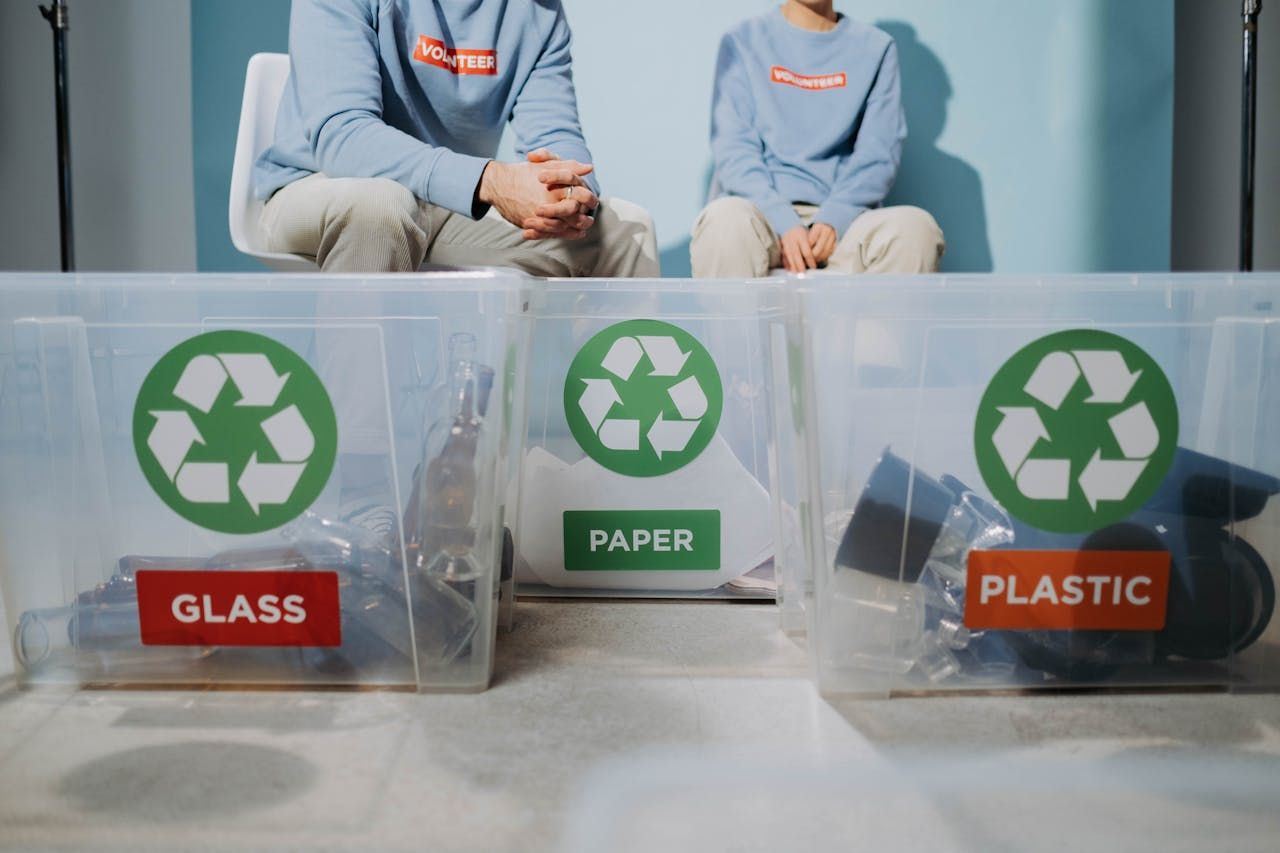
Energy Efficiency
Energy consumption in the workplace can be huge, but small changes can give you noticeable benefits. There are a few strategies you can implement to increase overall energy efficiency and reap the rewards.
Lights are a first consideration, as they play a large role in your energy usage. You can transition to energy-saving light bulbs, such as LED bulbs, which use diodes instead of heated filaments. This can cut down on electricity costs and can also reduce your business’s environmental impact.
You may even install motion-sensing lights in common areas, like hallways, break rooms and toilets. This can allow lights to be in use only when they are needed - without the need to remind employees to turn them off themselves.
Your office thermostat is an equally big energy draw. Of course, your team needs to stay at a comfortable temperature, but you can regulate the thermostat setting based on the season and ensure you’re only using the heating and cooling power that is needed for a greener workplace.
Lastly, the
electronic devices in your building can be easily overlooked as energy wasters. Engage in a policy with your employees to switch off all electronics at the end of the day. They can also regularly delete emails to reduce the load on the upkeep of servers, as servers contribute to carbon emissions even though we may forget about them!
If you are able to bring any of these practices into your office, you can increase the energy efficiency of your daily activities and promote a greener work environment. This can also open up options for savings on costs and also align your workforce with your business’ eco awareness.
Sustainability
Putting sustainability into practice can be tricky in an office space where your employees are simply trying to do what they do best, but being conscious of your office’s purchasing decisions can be an easy place to start.
Consider…
Choosing paper that is certified by the Forest Stewardship Council (FSC) to ensure responsible forestry practices.- Prioritise local suppliers for all your office needs to reduce delivery emissions connected with shipping. Plus, you’ll be supporting your local community.
- Opting for eco-friendly cleaning products - or a cleaning company that aligns with your sustainability goals - to reduce the use of chemicals that are harmful to the surrounding environment.
Employee Initiatives
Getting your team on board with your green changes will be even easier when they’re incentivised.
Some options include launching a bike-to-work or car-sharing scheme for eco-friendly commuting, investing in reusable, branded items like coffee cups to discourage single-use cups and embracing hybrid or remote working to reduce the massive impact of commuting emissions.
Going Eco With Ease
The changes don’t have to be huge when your business is going eco, as even small ones make an impact for the good. Ready to transform your office into a clean, sustainability haven?
Request a quote
today from our team to take a small step toward a cleaner, greener future together.
